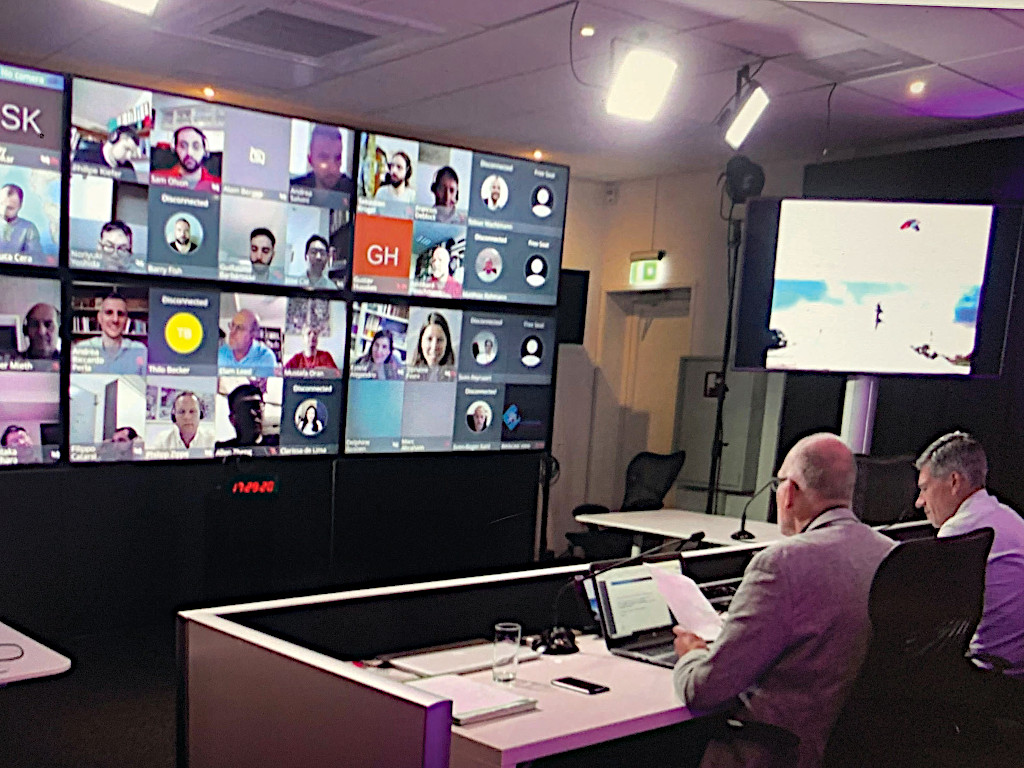The GlassTrend autumn seminar last November focused on how decarbon-isation technologies can help the glass industry to progress towards a more sustainable manufacturing process.
The reduction of both energy consumption and CO2 footprint, while increasing production efficiency, are key challenges for the industry. Last autumn glassmakers, suppliers and independent researchers from all horizons gathered online to share insights to their latest innovations and to illustrate the positive impact of decarbonisation technologies on glass production.
Presentations included ‘CO2 emissions in the glass industry’ (Oscar Verheijen, CelSian); ‘NSG decarbonisation strategies and hydrogen firing’ (John Marsh, NSG/Pilkington); ‘Your technical options are crystallising. Now what? Energy, political and location-related considerations’ (Gary Café, Schneider-Electric); ‘Emissions analysis of hydrogen supply options – A techno-environmental analysis of hydrogen supply options and gas recovery for the glass industry’ (Ellart de Wit, HyGear); ‘CO2 uses and sequestration: An overview of the past decade and perspective’ (Fabrice Del Corso and Luc Jarry, Air Liquide); ‘How horizontal hot top electric melting hybrid furnaces with hydrogen combustion will look in a de-carbonised future’ (Stuart Hakes and Andreas Birle, FIC and FlammaTec); ‘The carbon footprint of glass packaging. What else is there?’ (Jim Nordmeyer, O-I); and ‘CO2 capture, utilisation and storage’ (Earl Goetheer, TNO).
Selected presentations will appear in future issues of Glass Worldwide, preferred journal of GlassTrend.
Winter webinars
Addressing the cancellation of on-site events, the decarbonisation seminar was part of GlassTrend’s series of regular TEDx-like webinars for members, focusing on the future of the glass industry after the Covid-19 pandemic and before facing the crisis of the global climate change.
Webinars staged in December included a BV Glas presentation on environmental challenges from the viewpoint of the German glass industry by Dr Johann Overath and a nuclear energy and waste vitrification presentation by Sophie Schuller from CEA (Commissariat à l’Energie Atomique et aux énergies alternatives).
On 26 January, GlassTrend will stage a webinar on oxy-fuel melting by Shrikar Chakravarti and Hisashi Kobayashi from Linde.


